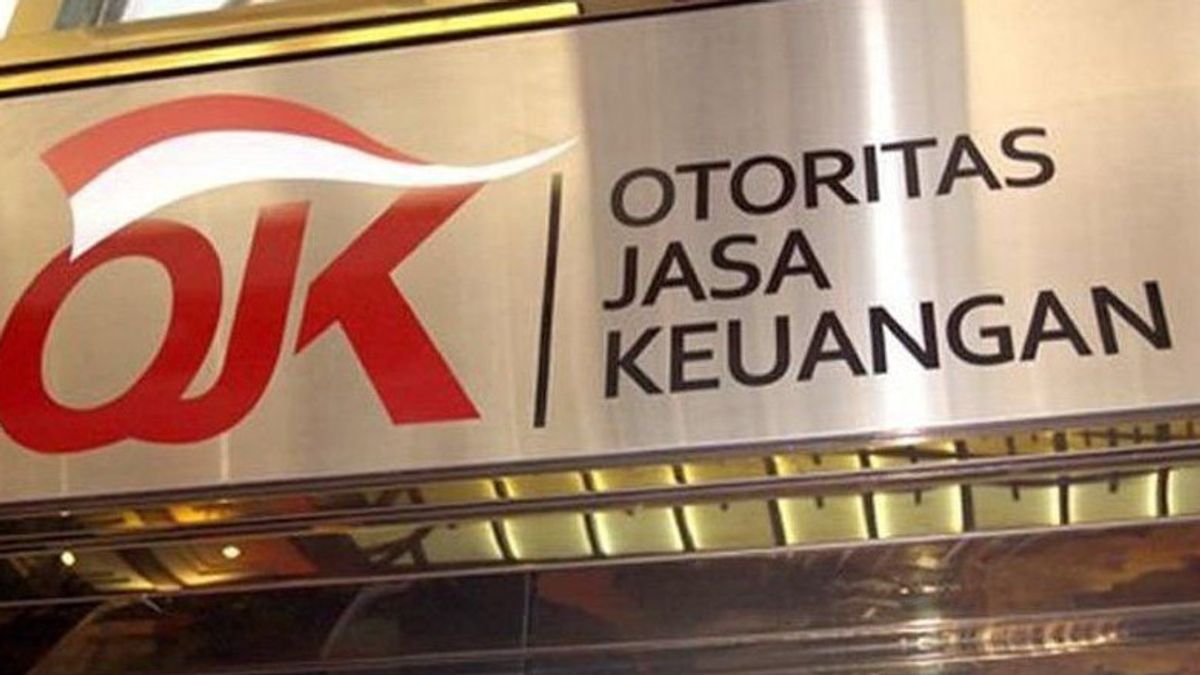JAKARTA - Institute for Development of Economics and Finance (INDEF) economist Nailul Huda said the Financial Services Authority (OJK) policy to reduce the number of banks in Indonesia made banking performance more efficient.
"The smaller number of banks can actually improve the efficiency of the financial performance of these banks," said Nailul in the ILUNI UI webinar, quoted from Antara, Tuesday, July 12.
Nailul said the number of banks in Indonesia has dwindled from 1,700 in January 2019, to 1,500 in March 2022. In details, around 100 are commercial banks and 1,400 are rural banks.
Apart from being caused by the pandemic, this decline was also due to the consolidation by the OJK in recent years which increased the core capital of banks.
However, this reduction in the number does not affect the increase in the number of banking assets in Indonesia. In March 2022, the number of banking assets reached Rp. 10,000 trillion, from the previous one in January 2019 of Rp. 8,000 trillion.
"With the decreasing number of banks, it does not reduce the increase in total assets. Our total banking assets will reach IDR 10,000 trillion in 2022," said Nailul.
This increase in the number of assets was followed by a relatively increased distribution of funds from 2019 to 2022. It was recorded that in January 2019 the distribution of funds was Rp. 8 thousand trillion. Then, in March 2022, the distribution of funds was recorded at more than Rp. 10,000 trillion.
Nailul said the improvement in various banking performances coupled with the improving economy and low interest rates caused banking operating income to increase relatively from 2020 to 2022.
Then, the increase in operating income was followed by a decrease in the ratio of non-performing loans (NPL). Although at the beginning of the pandemic the NPL rose relatively sharply from 2.5 percent in January 2019 to 4 percent in July 2020. However, the implementation of credit restructuring managed to reduce the NPL more quickly until in November 2020 it fell to 2.7 percent.
Since then, according to him, the NPL from 2021 to 2022 has been observed to continue to decline.
Nailul continued that various government policies have also succeeded in increasing bank credit significantly. From previously almost touching minus 5 percent in May 2021, it rose to 5 percent in January 2022.
Previously, the trade war between China and America as well as global economic uncertainty had made banking credit growth decline to almost minus 5 percent in 2021.
"Relaxation for housing loans, loans for automotive and so on, restructuring also turns out to be able to increase banking credit optimally," explained Nailul.
Previously, through OJK regulation Number 12 of 2020 concerning the Consolidation of Commercial Banks, the OJK required banks to have a core capital of IDR 1 trillion in 2020, then an increase of IDR 2 trillion in 2021 to IDR 3 trillion in 2022.
The English, Chinese, Japanese, Arabic, and French versions are automatically generated by the AI. So there may still be inaccuracies in translating, please always see Indonesian as our main language. (system supported by DigitalSiber.id)













